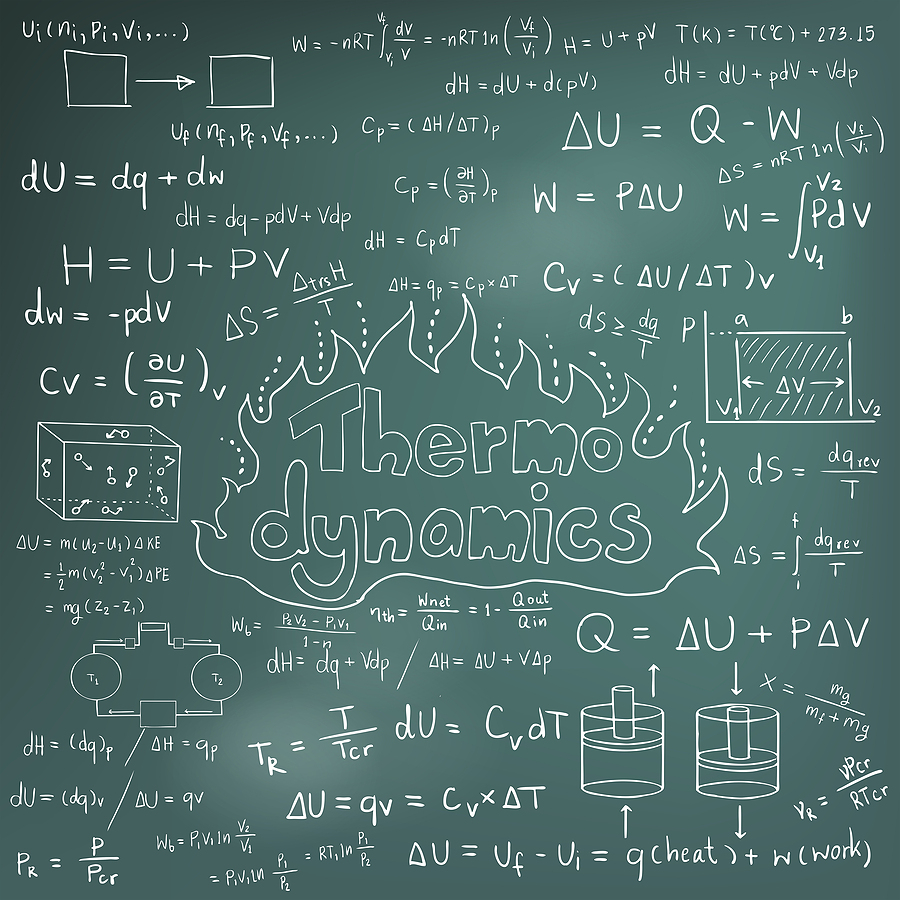Exploring The Various Laws Of Thermodynamics In Daily Life

Thermodynamics, a branch of physics, revolves around the principles governing energy and its transformation. While the laws of thermodynamics may seem abstract and reserved for scientific discussion, they play a significant role in our everyday lives, influencing everything from how our gadgets function to the way we cook food. Understanding these laws not only deepens our appreciation of the physical world but also helps us make informed decisions in our daily activities.
For students studying these concepts, especially those seeking Physics tuition, grasping the practical implications of thermodynamics can greatly enhance their understanding and appreciation of the subject.
Read on as we delve into the various laws of thermodynamics and explore their practical applications in our daily lives.
The first law of thermodynamics: energy conservation
The First Law of Thermodynamics, also known as the Law of Energy Conservation, states that energy cannot be created or destroyed; it can only be transferred or transformed from one form to another. This principle, grounded in theoretical physics, is evident in numerous daily activities.
Example in daily life: cooking
When you cook food, the energy from the heat source (whether it be gas, electricity, or microwave radiation) is transferred to the food. This energy raises the temperature of the food, causing chemical reactions that change its texture, flavour, and nutritional content. The energy you use in cooking doesn’t disappear; it is merely transformed from one form (e.g., electrical energy) into another (thermal energy) that cooks your food.
Example in daily life: driving a car
Another common example is driving a car. The chemical energy stored in the fuel is converted into mechanical energy by the engine. This mechanical energy is what propels the car forward. Along the way, some of this energy is lost as heat due to friction in the engine and tires, but overall, the total amount of energy remains constant—it just changes forms.
The second law of thermodynamics: entropy and efficiency
The Second Law of Thermodynamics introduces the concept of entropy, a measure of the disorder or randomness in a system. It states that in any energy transfer or transformation, the total entropy of an isolated system will always increase over time. This law explains why processes in nature tend to be irreversible and why no process is perfectly efficient.
Example in daily life: refrigerators
Your refrigerator operates on the principles of the Second Law of Thermodynamics. It moves heat from the inside (where it is cooler) to the outside (where it is warmer). To do this, it must consume energy (usually electricity), and in the process, it generates waste heat. This transfer of heat from a cooler area to a warmer one increases the overall entropy of the system.
Example in daily life: ageing and wear
Another example is the natural process of ageing and wear. Over time, our bodies and the objects we use every day (such as cars, appliances, and clothing) deteriorate. This increase in disorder or entropy is a direct manifestation of the Second Law of Thermodynamics. The law explains why maintenance is necessary to prolong the life of objects and why no machine can run forever without wear and tear.
The third law of thermodynamics: absolute zero
According to the Third Law of Thermodynamics, a system's entropy approaches a minimal value when its temperature approaches absolute zero. Absolute zero is theoretically the lowest possible temperature, where all molecular motion would cease.
Example in daily life: cryogenics
In the realm of daily life, the Third Law might seem less directly applicable, but it plays a crucial role in technologies like cryogenics, where extremely low temperatures are used for preserving biological samples, food, and even human bodies in some cases. The idea is that by lowering the temperature, the entropy and thus the rate of deterioration of the material are reduced, effectively preserving it for longer periods.
Example in daily life: superconductors
Another practical application of the Third Law is in superconductors, materials that can conduct electricity with zero resistance when cooled to very low temperatures. These materials are used in technologies like MRI machines and particle accelerators, which rely on the efficient transmission of electricity.
The zeroth law of thermodynamics: thermal equilibrium
Though it was established after the other three, the Zeroth Law of Thermodynamics is foundational. It states that if two systems are in thermal equilibrium with a third system, they are in thermal equilibrium with each other. This principle allows us to define temperature in a consistent way.
Example in Daily Life: Thermometers
When you use a thermometer to check your body temperature or the temperature of a room, you are applying the Zeroth Law. The thermometer reaches thermal equilibrium with your body or the room, and the temperature it reads is the same as that of the system it is measuring. This simple yet powerful principle is fundamental to temperature measurement in all its forms.
Conclusion
The laws of thermodynamics are not just theoretical constructs; they are principles that govern all aspects of our physical world. From the heat transfer in cooking to the inefficiencies in machines and the preservation of materials at low temperatures, these laws influence the efficiency, sustainability, and functionality of the technologies we use daily. By understanding these principles, we can better appreciate the complex yet orderly nature of the universe and make more informed decisions in our daily lives, from energy consumption to the maintenance of our belongings.